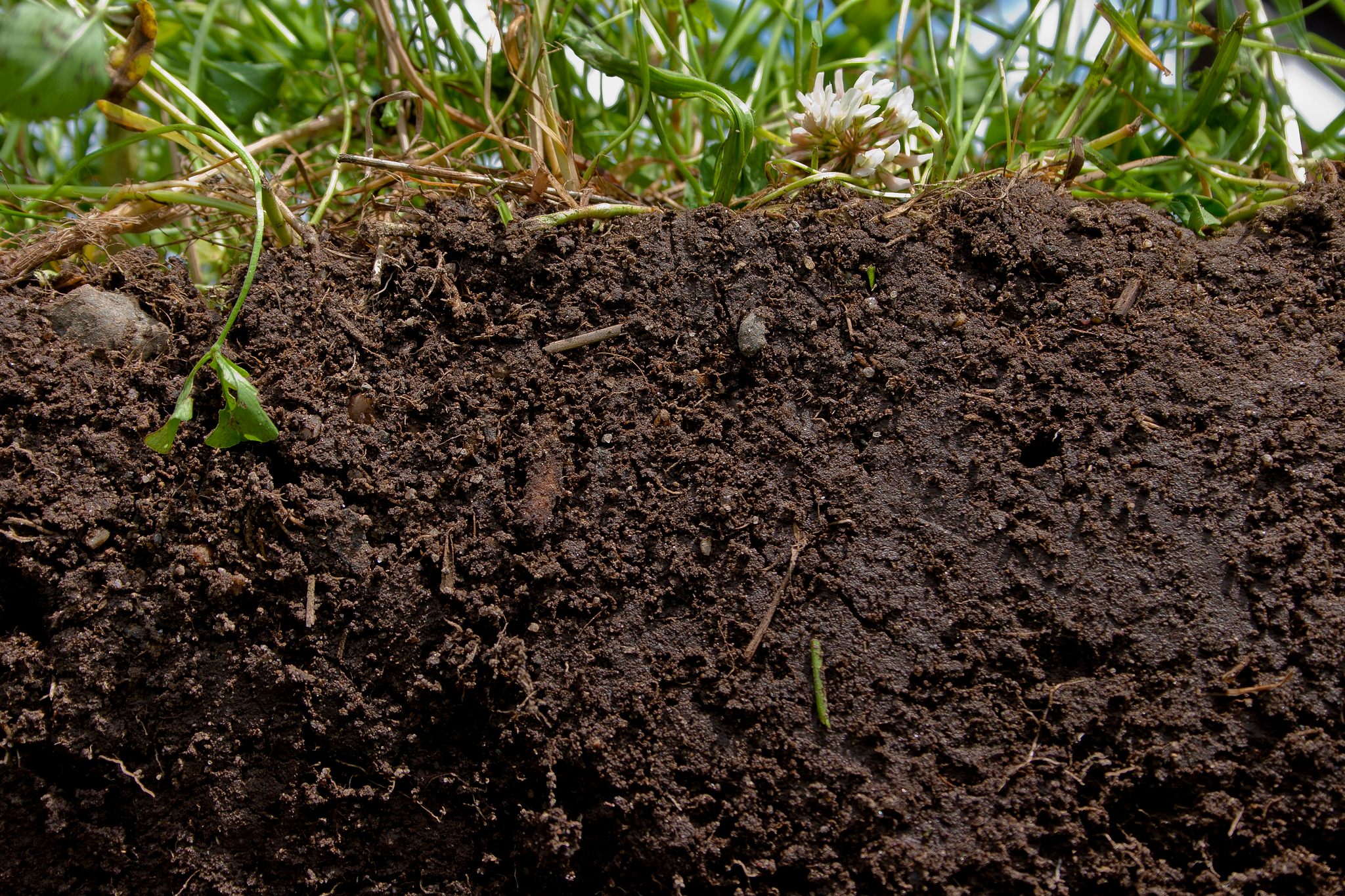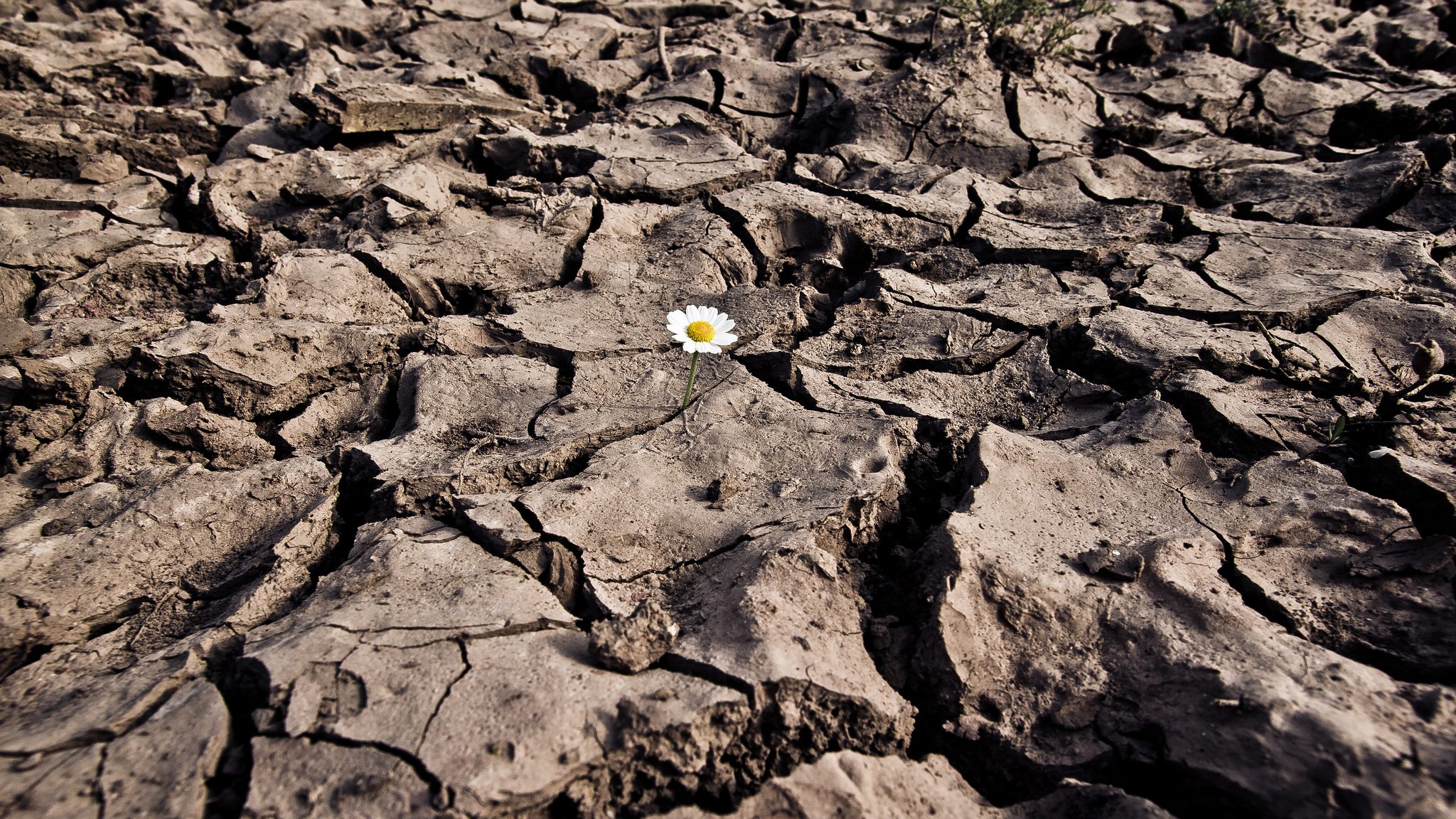Here’s the Deal: Dirt is Amazing

It’s about time we stopped treating soil like dirt. (Image: Natural Resources Conservation Service/Flickr)
If there is anything on the Earth more underrated than dirt, you’d be hard pressed to find it. It is under our feet every day, we walk all over it without giving it a second thought. In fact people spend nearly hilarious amounts of money to try and get dirt away from them. But the truth is, dirt, or more correctly, soil, is one of the most amazing and important things on our planet.
From food to wildlife to our very health, dirt is more nuanced and essential to our survival and comfort than anybody gives it credit for. Here’s why.
“Dirt is soil that’s in the wrong place.” says president-elect of the the Soil Society of America, Dr. Harold Mathijs Van Es. He and his colleagues are on the forefront of understanding the role of soil on our planet and it’s complicated: To even talk about soil, we need to define what that actually means. According to Dr. Van Es, soil is, “the material at the surface of our planet that allows for plant growth, has life in it.”
“We basically define soil as the part that is not consolidated,” he continues. Short answer? “Soil generally goes down about 6-8 feet.” So pretty much all of the movable earth sitting on top of the rocky core of the planet, which is known in soil science as “parent material.”
But that’s only the beginning. There are (currently) 12 different orders of soils. You’ve got gelisols, which are the frozen soils that contain permafrost; histosols, which are organic soils like you might find in a bog; spodosols, which are acidic soils; andisols, which are comprised of volcanic matter; oxisols, weathered soils, high in iron; vertisols, that contain clay which dramatically expands and contracts; aridisols, which are, as the name suggests, super dry; ultisols, dense, weathered soil; mollisols, dark, deep prairie soils; alfisols, pretty much your typical soil; inceptisols, young soils; and finally, entisols, brand new, undeveloped soils.

Just look at that pretty little flower. Thank the dirt. (Image: Hernán Piñera/Flickr)
As to its uses and purpose, soil is basically everything. “One of the things we’re learning is that soil is one of the richest sources of life. Possibly the richest medium on Earth.” says Van Es, “A lot of it’s microbial, but it’s where these organisms can survive and function.” These microbes and bacteria have always been there in the dirt, creating what is rightfully known as a “microbiome,” but we are just no really discovering how important they are to us and the rest of the natural world.
Without even taking into account the microbes that live in the soil, on a much more basic level, it is the source of all our food. Soils provides the perfect, chemically balanced environment for plants and crops to survive in, without which we would simply starve. This even takes into account animal products, which would never have been able to be raised in the first place were it not for the soil providing the nutrients that passed among us all via the plants that grow in them. Dirt may be, in a very real way, the most important thing Earth. “There wouldn’t be any life if the soil wasn’t providing for them.” says Van Es.
Soil determines what kind of plants can grow in a given environment, defining landscapes and the lifestyles in them. Soils can be base or acidic, light or dense, their variety and composition literally shaped the world.
Another important function of soils is to act as a sponge for water and rain that would otherwise flood the land. The captured water is not only another integral part of plant growth but it also keeps our planet from just flooding every time it rains, filtering out nasty compounds that would otherwise make water pretty much poison.

Get down and dirty, it’s good for you. (Image: Mattias Ripp/Flickr)
It is also important in protecting us from harmful bacteria. Soil is filled with minor bacteria that helps toughen our immune systems when we are young (and even when we are old), making us able to withstand much tougher infections down the line. “A few decades ago your typical parent would try and shy away from soil. They’d consider it dirt, and tell their kids not play in the dirt.” says Van Es. “Now we’re learning that those organisms that’re in the soil actually help build our immune system.” Even if the material isn’t good for you, exactly, Van Es says that our bodies need exposure to dirt to develop responses.
In fact, we should probably just take up residence in soil full-time. It makes for a great home not because of its chemical make-up or its rich nutrients, but because dirt is an incredible insulator. “The temperature extremes that you have at the surface get dampened when you go further down. When you go down three-four feet, you don’t really have the temperature swings anymore.” says Van Es.
As if being able to house you wasn’t enough, in theory it could even feed you. While it’s not a great idea, and is usually reserved for the very impoverished and the very desperate, dirt is generally edible. “[It can be eaten] just to still the hunger. They do get some minerals from that. There has historically been evidence that pregnant women sometimes have a craving to eat soil.” says Van Es, “Because it does have minerals that the body craves.” The benefits are negligible, but if you’re that hungry, dirt won’t let you down.
In fact, soil could hold the key to our planet’s survival. Van Es sees the future in rehabilitating soil to solve environmental problems ranging from drought to greenhouse issues. “Soil is such an important part of the hydrologic cycle, storing water, and being able to grow plants without having to irrigate, or irrigate efficiently at least,” he says. “The other one is the important role soils play in the greenhouse gas scheme as the primary storage medium of carbon.” So maybe we should stop treating dirt like trash.















Follow us on Twitter to get the latest on the world's hidden wonders.
Like us on Facebook to get the latest on the world's hidden wonders.
Follow us on Twitter Like us on Facebook